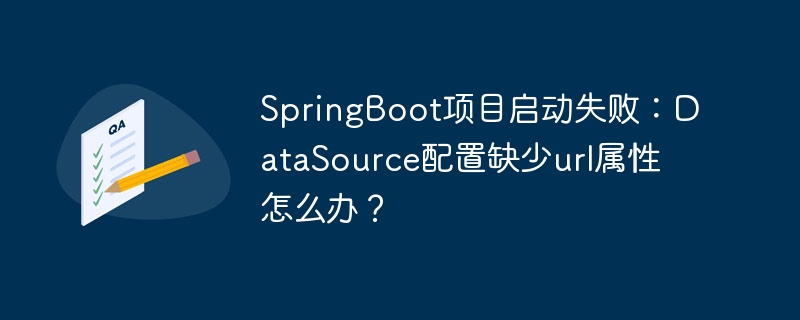在debian系统上利用openapi规范(即原swagger)进行api设计,通常需完成如下步骤:
<dependencies><dependency><groupid>io.springfox</groupid><artifactid>springfox-swagger2</artifactid><version>2.7.0</version></dependency><dependency><groupid>io.springfox</groupid><artifactid>springfox-swagger-ui</artifactid><version>2.7.0</version></dependency></dependencies>
请注意将示例中的版本号替换为你实际使用的版本。
- 设置Swagger配置:接下来,创建一个配置类以启用Swagger并设定基础信息。以下是一个基本的配置样例:
import org.springframework.context.annotation.Bean; import org.springframework.context.annotation.Configuration; import springfox.documentation.builders.PathSelectors; import springfox.documentation.builders.RequestHandlerSelectors; import springfox.documentation.spi.DocumentationType; import springfox.documentation.spring.web.plugins.Docket; import springfox.documentation.swagger2.annotations.EnableSwagger2; @Configuration @EnableSwagger2 public class SwaggerConfig { @Bean public Docket api() { return new Docket(DocumentationType.SWAGGER_2) .select() .apis(RequestHandlerSelectors.any()) .paths(PathSelectors.any()) .build(); } }
该配置类激活了Swagger功能,并指示其扫描所有可用的API接口以生成文档。
- 利用注解描述API内容:在Controller类中使用Swagger提供的注解来说明API的具体功能。例如:
import io.swagger.annotations.Api; import io.swagger.annotations.ApiOperation; @Api(tags = "Sample API") public class SampleController { @ApiOperation(value = "Get sample data", notes = "Returns a sample data") public String getSampleData() { return "Sample Data"; } }
- 打开Swagger UI界面:运行spring boot项目后,访问 https://www.php.cn/link/cb452a055afac7b677e7241a531b617d UI页面,其中展示了所有已定义的API及其详细描述。
注意事项:
- 确保你的Spring Boot环境已经正确搭建并成功启动。
- 如果你使用的是Spring Boot 2.x版本,上述配置和注解是适用的。若使用其他框架,则可能需要查阅对应框架的文档来进行Swagger配置。
按照以上流程操作,你就可以在部署于Debian系统的Spring Boot项目中使用Swagger来进行API的设计与管理了。
希望这些内容能对你有所帮助!如有进一步问题,欢迎继续交流。
© 版权声明
文章版权归作者所有,未经允许请勿转载。
THE END



















